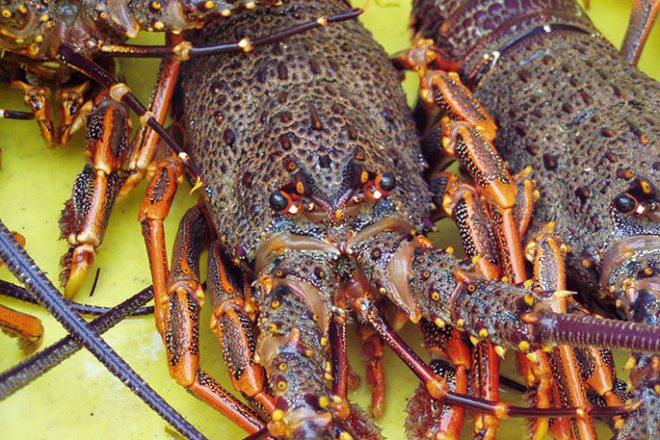From April 1, catch limits for Northland’s rock lobster fishery will reduce by 21 tonnes.
Rock lobsters, also known as spiny red rock lobster, crayfish, and kōura, are a taonga for tangata whenua and a popular species for commercial and recreational fishers.
“They provide food for whānau, support valuable export markets and local economies, and provide jobs in our communities,” says Emma Taylor, Director Fisheries Management.
Rock lobster also play an important role in ecosystems as predators, feeding on a wide range of prey including kina (sea urchins).
The reductions to catch limits received ministerial approval following a public consultation and consideration of advice provided by Fisheries New Zealand.
“The Minister’s decision takes a precautionary approach, and it is expected to increase rock lobster abundance in the fishery so they can contribute to the control of kina populations over time.
“We’ll continue to assess the effectiveness of the new catch settings on rock lobster abundance and consider if a further review is require for April 2024,” says Emma.
The changes, which come into effect at the start of the new fishing year, on April 1 include:
From April 15, the recreational daily bag limit will reduce from six to three spiny rock lobster per fisher per day to manage recreational take within the new allowance.
The decision follows a consultation held earlier this year, as part of Fisheries New Zealand’s regular review of sustainability measures, and responds to findings in a recent High Court judgment on last year’s decision for the fishery.
Copy of the submissions received, can be found on MPI’s website: Review of sustainability measures for fisheries – April 2023 round
Credit: sunlive.co.nz





























































